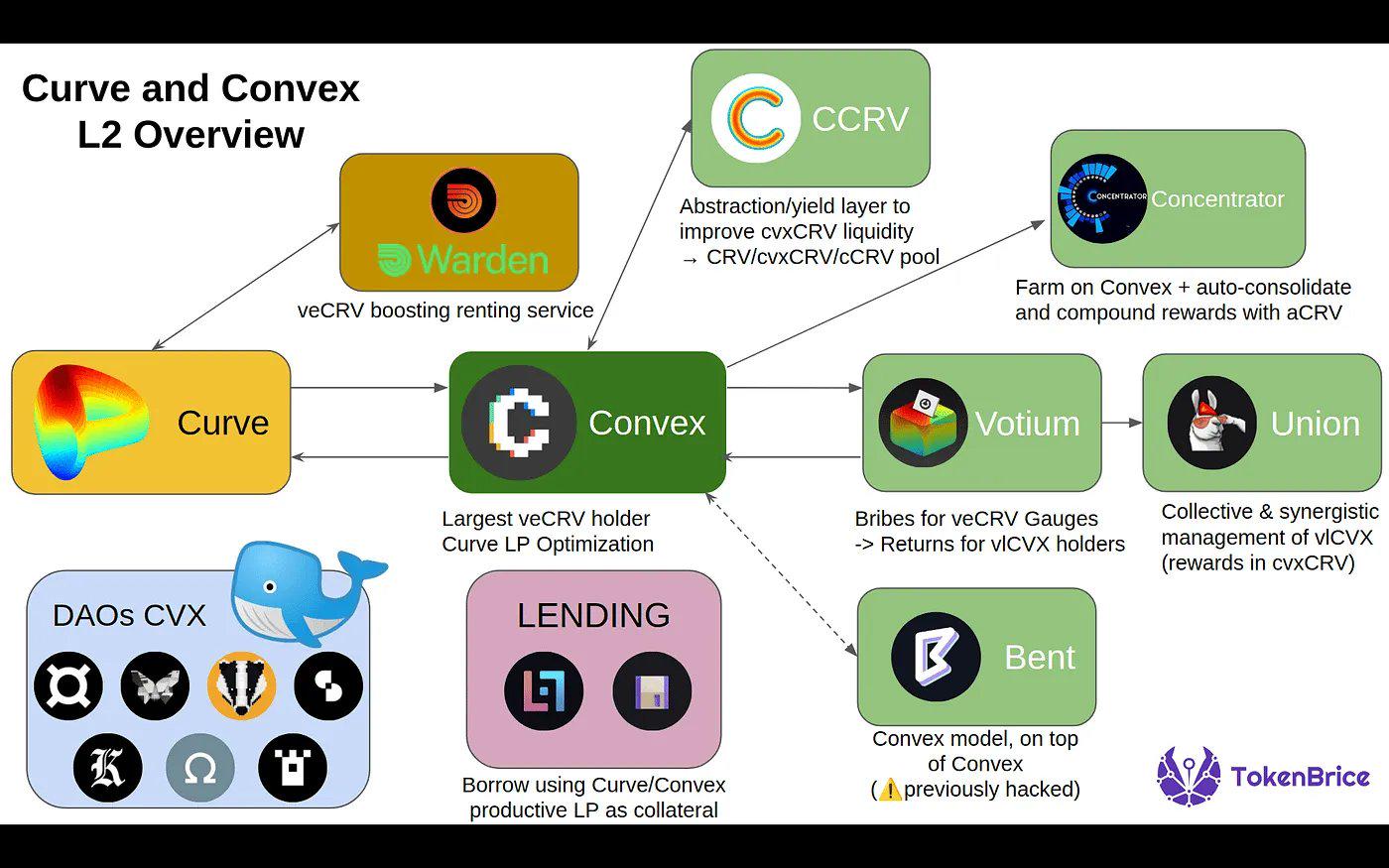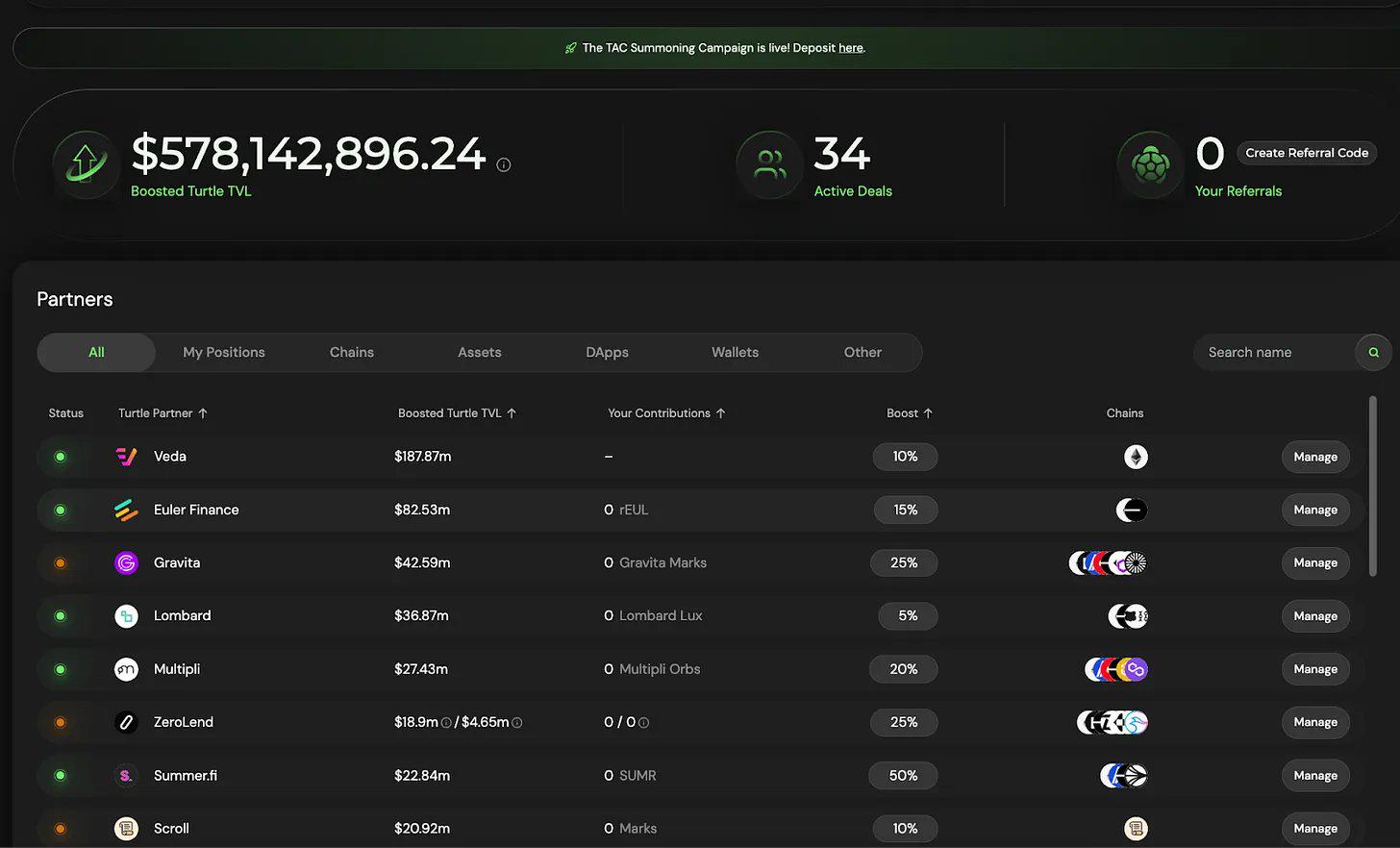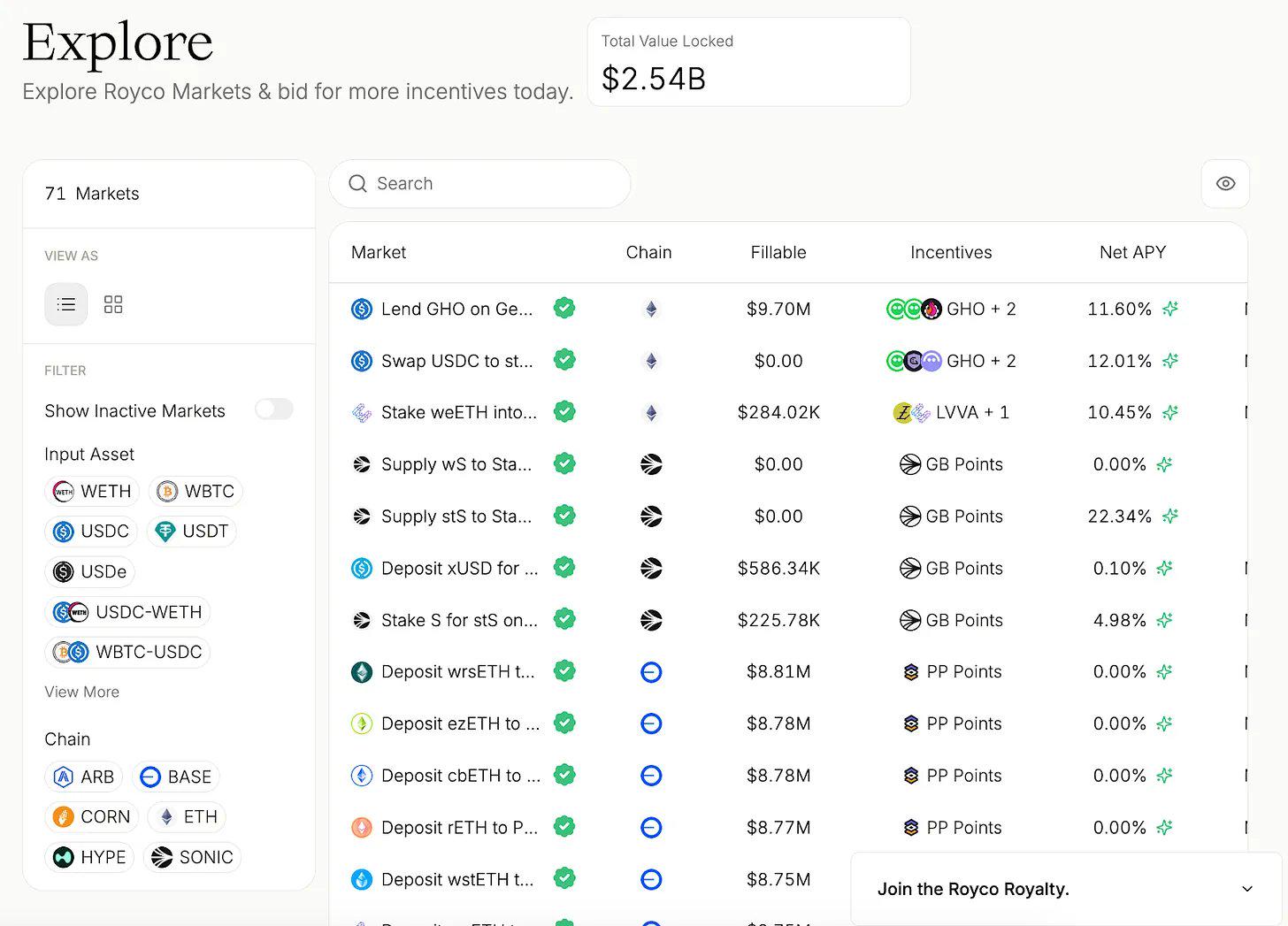Author: arndxt, Crypto KOL
Compiled by: Felix, PANews
The battle for yield may be replayed. If you've been in the DeFi space long enough, you'll understand that Total Value Locked (TVL) is just a vanity metric. In the competitive world of AMMs, perpetual contracts, and lending protocols, what truly matters is who can control the flow of liquidity, not who owns the protocol, and not even who distributes the most rewards. It's about who can persuade liquidity providers (LPs) to deposit funds and ensure TVL remains stable. This is the origin of the bribery economy.
What was once an informal ticket-buying behavior (Curve wars, Convex, etc.) has now professionalized into a mature liquidity coordination market, equipped with order books, dashboards, incentive routing layers, and even gamified participation mechanisms in some cases.
Today, this has become the most strategically significant layer in the entire DeFi stack.
Change: From Issuance to Meta Incentives
During the period from 2021 to 2022, protocols guided liquidity in traditional ways:
- Deploy a liquidity pool
- Issue tokens
- Hope that profit-driven LPs will stick around even after yields decline
But this model has a fundamental flaw: it is passive. Every new protocol competes with an intangible cost: the opportunity cost of existing capital flows.
I. The Origin of Yield Wars: The Rise of Curve and Voting Markets
The concept of yield wars began with the Curve wars in 2021 and gradually took shape.
The Unique Design of Curve Finance
Curve introduced voting escrow (ve) token economics, allowing users to lock CRV (Curve's native token) for up to 4 years in exchange for veCRV, which grants users the following advantages:
Increased rewards for Curve pools
Governance rights with voting weight (which pools receive rewards)
This created a meta-game around yield:
Protocols want to gain liquidity on Curve
The only way to gain liquidity is to attract votes to their pools
Thus, they began bribing veCRV holders to vote in their favor
This is where Convex Finance emerged (a platform focused on enhancing Curve protocol yields):
Convex abstracted veCRV locking (simplifying the Curve usage process) and aggregated users' voting power.
It became the "kingmaker of Curve," wielding significant influence over the direction of CRV rewards.
Various projects began bribing Convex/veCRV holders through platforms like Votium.
Experience 1: Whoever controls the voting weight controls the liquidity.

II. Meta Incentives and the Bribery Market
The First Bribery Economy
What initially started as manual operations to influence issuance gradually evolved into a mature market where:
- Votium became an off-chain bribery platform for CRV issuance.
- The emergence of Redacted Cartel, Warden, and Hidden Hand expanded this model to other protocols like Balancer and Frax.
- Protocols no longer just paid issuance fees but strategically allocated incentives to optimize capital efficiency.
Expansion Beyond Curve
- Balancer adopted a voting escrow mechanism through veBAL.
- Frax, Tokemak, and other protocols integrated similar systems.
- Incentive routing platforms like Aura Finance and Llama Airforce further increased complexity, turning issuance into a capital coordination game.
Experience 2: Yields are no longer related to Annual Percentage Yield (APY) but to programmable meta incentives.
III. How Yield Wars Unfold
Here are the ways protocols compete in this game:
- Liquidity aggregation: Aggregating influence through wrappers like Convex (e.g., Aura Finance for Balancer)
- Bribery activities: Allocating budgets for ongoing bribery to attract issuance when needed
- Game theory and token economics: Locking tokens to establish long-term consistency (e.g., ve model)
- Community incentives: Gamifying the voting process through NFTs, raffles, or reward airdrops
Today, protocols like Turtle Club and Royco are guiding this liquidity: no longer blindly issuing but auctioning incentive mechanisms to LPs based on demand signals.
Essentially, it is: "You bring liquidity, and we will direct the incentives to where they are most needed."
This releases a second-order effect: protocols no longer need to forcibly acquire liquidity but coordinate it.
Turtle Club
Turtle Club has quietly become one of the most effective bribery markets, yet few mention it. Their liquidity pools often embed partnerships, with a Total Value Locked (TVL) exceeding $580 million, utilizing dual-token issuance, weighted bribery, and surprisingly high stickiness of the LP base.

Their model emphasizes fair value redistribution, meaning that the distribution of yields is determined by voting and real-time capital turnover rates.
This is a smarter flywheel: the rewards LPs receive are related to the efficiency of their capital, not just the scale of their capital. This time, efficiency is incentivized.
Royco
Royco's monthly Total Value Locked (TVL) skyrocketed to over $2.6 billion, a month-on-month increase of 267,000%.

While some of this capital is driven by "points," the important aspect is the underlying infrastructure:
- Royco is an order book for liquidity preferences.
- Protocols cannot just issue rewards and hope for capital inflows. They publish requests, and then LPs decide where to invest, creating a market through this coordination.
Here are the reasons why this narrative is more than just a yield game:
- These markets are becoming the meta-governance layer of DeFi.
- Hidden Hand has already accumulated over $35 million in bribes across major protocols like Velodrome and Balancer.
- Royco and Turtle Club are shaping effective issuance schemes.
Mechanisms of the Liquidity Coordination Market
1. Bribery as a Market Signal
Projects like Turtle Club enable LPs to understand the flow of incentives, make decisions based on real-time metrics, and receive rewards based on capital efficiency rather than just capital scale.
2. Liquidity Requests (RfL) as an Order Book
Projects like Royco allow protocols to list liquidity needs, similar to posting orders in a market, with LPs executing these orders based on expected returns.
This transforms it into a two-way coordination game rather than a one-sided bribery.
If you can decide the flow of liquidity, you can influence who survives in the next market cycle.
Related Reading: The Migration of On-Chain Liquidity: After 15 Months of Ups and Downs, Who Stands Firm After the Speculation Tide?
免责声明:本文章仅代表作者个人观点,不代表本平台的立场和观点。本文章仅供信息分享,不构成对任何人的任何投资建议。用户与作者之间的任何争议,与本平台无关。如网页中刊载的文章或图片涉及侵权,请提供相关的权利证明和身份证明发送邮件到support@aicoin.com,本平台相关工作人员将会进行核查。




